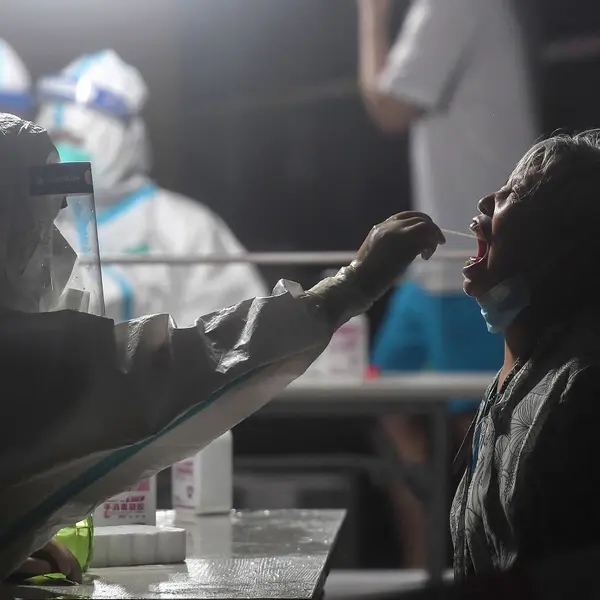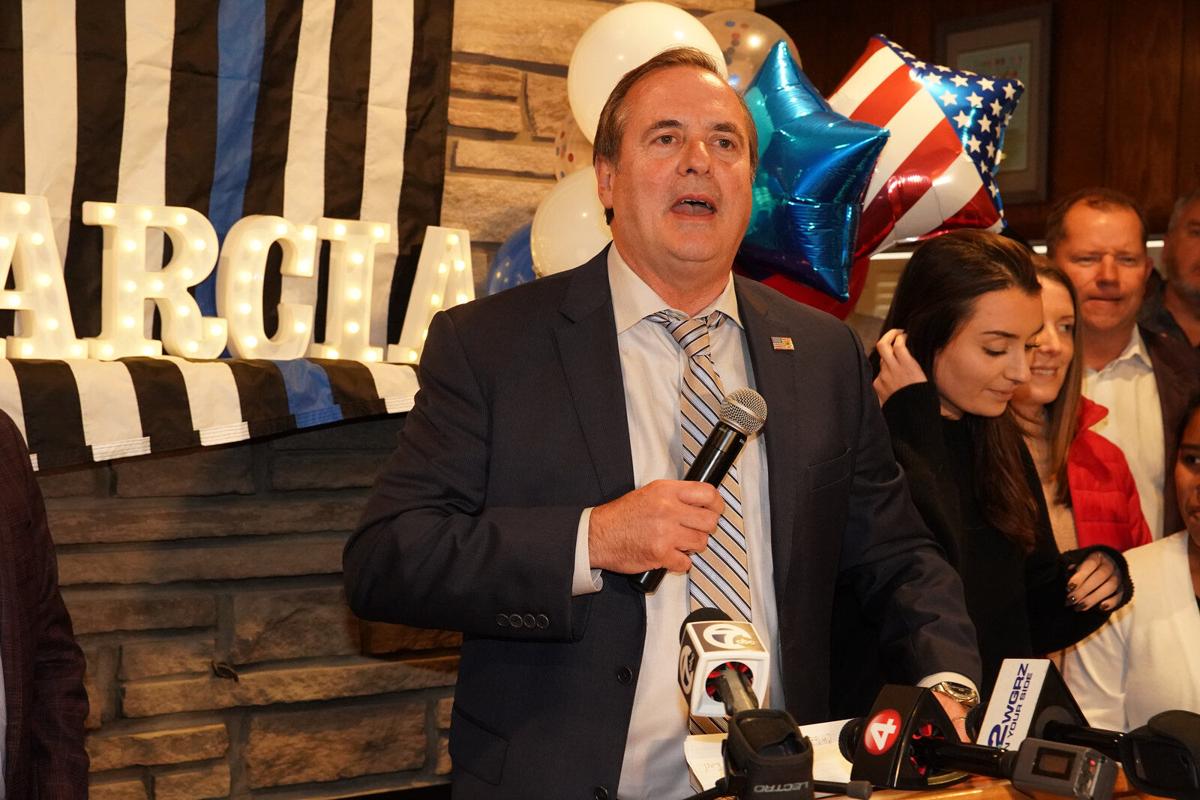AN HISTORICAL OVERVIEW OF RACE AND RACISM AT UB
BY HENRY-LOUIS TAYLOR, JR.
To my knowledge, there has been no in-depth study of racism at the University at Buffalo, and such a complex investigation would involve a multifaceted examination of the university’s activities, including an analysis of the administration, along with the various schools, departments, institutions, and centers. It would also require an examination of the experiences of faculty, staff, and students, past and present, as well as probe into the business side of the university life and culture. I have not done that type of careful investigation of racism at UB.
However, based on my reflections of university life and culture, I can construct a broad framework to understand better the dynamics of UB’s relationship to Black folks on campus, and in the larger Buffalo community, as well as the experiences of people of color on this campus.
In my view, if we take 1968 as a reference point, we can classify race relations on this campus into four periods:
- Recruitment and the Building of an Educational Infrastructure
- Building the Engaged University
- The Retreat: the Rise of Colorblindness
- The Age of Awakening
These four periods are interactive and there are no hard breaks betwixt and between them. Nevertheless, they represent a useful framework for grappling with the University’s complex history of race.
Recruitment and the Building of an Educational Infrastructure (1968 – 1986)
- The killing of MLK was a watershed moment. Rebellions broke out in more than 100 cities across the country. Higher education responded to this crisis by recruiting Black students and faculty to its campuses. UB was one of those schools. During this early period, there were high levels of consciousness among White faculty and students and they supported the efforts of Black students and faculty to carve out a place for themselves on this campus. This support was most dramatically reflected in the UB student campus rebellions in 1970.
- At UB, the University built an educational infrastructure to accommodate the growing student and faculty population. This infrastructure consisted of four main components:
- Establishment of the African American Studies Program in 1969.
- Establishment of the African American Studies Program in 1969.
- The Educational Opportunity Center is an adult education center that focuses on workforce development, academic training and college preparatory programs. It is designed to create pathways to higher education and to jobs and opportunities for people of color and low-income Whites.
- The Educational Opportunity program, on the other hand, is a multifaceted academic and student enrichment program for students of color and Whites from low-income working class communities. It is designed to help these students graduate from college, and to go on to professional and graduate school.
- 1974 Establish an Office to focus on the recruitment and retention of faculty, staff and students –Equity, Inclusion, Diversity
Building the Engaged University (1987 – 1996)
I was recruited to come to the University at Buffalo in 1987 to establish the UB Center for Urban Studies. The purpose of the UB Center for Urban Studies was to popularize public service, or civic engagement on campus and to build interactive linkages between the university and the community. In 1992, the University established the Vice-President for Public Service and Urban Affairs and named Dr. Muriel Howard its first vice-president. Howard brought all campus programs, including the Center for Urban Studies, under one umbrella and coordinated the university’s relationship to the Black and Brown communities.
The Retreat: the Rise of Colorblindness (1996 -2019)
- In retrospect, I believe the University started retreating from its commitment to Black faculty and other people of color as early as 1996. I believe two interrelated factors triggered that retreat.
- The rise of neoliberal capitalism under the Reagan Presidency had a big impact on higher education. The idea of small government and low taxes reduced public support for universities, and this increasingly forced them to become entrepreneurial. As a consequence, President Greiner shifted attention away from “community-scale” civic engagement—where the university worked closely with communities of color– To engagement with the corporate elites and government.
- Colorblind racism became increasingly fashionable, and the UB administration started to use color-blind language in its operations, especially the terms diversity, equity, and inclusion. From about 1996 onward, these trend lines intensified, and over the next 24 years, the University moved further and further away from its commitment to racial equity and social justice.
- This retreat is most dramatically reflected in the declining number of tenured Black faculty members. In 1995-1996, there were 67 Black tenured faculty members. From that year onward, the number of Black faculty member fell. Put another way, the number of Black faculty members at UB have fallen for 24 consecutive years, while the number of Latinx and Native American tenured faculty members have remained pathetically low over time. Today, there are only 31 Black tenured faculty members on campus and Blacks, Latinx, and Native American constitute less than 6% of tenured faculty members at UB.
- In 2014, the University established the Office of Inclusive Excellence to partner to partner with the Office of Equity, Inclusion and Diversity. Thus, UB has two offices that focus on “diversity” and “fairness” issues. It made no difference. The numbers continue to fall. Not only this, but during this same period, the University also dismantled its civic engagement infrastructure. Thus, under the banner of diversity, equity, and inclusiveness, the University moved away from its commitment to racial equity and social justice.
- How could this happen? Whenever race is not explicitly stated, Whiteness becomes the default group and people of color are pushed to the margins. Thus, under the banner of diversity, Blacks and other people of color continued to be marginalize on this campus.
The Age of Awakening
The pandemic and Floyd Rebellions have created a new awareness on UB’s Campus. This awakening has also created a consciousness among White faculty and students that we have not seen since the 1970s. Hopefully, we will be able to use that momentum to get the University to again address the issues of racial equity and social justice.
Thank You.
Author Profile
Latest entries
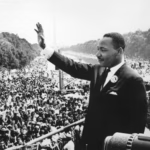 Henry Louis Taylor, Jr.01/20/2025Reflections on Martin Luther King, Jr.’s Dream
Henry Louis Taylor, Jr.01/20/2025Reflections on Martin Luther King, Jr.’s Dream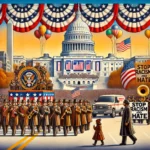 Henry Louis Taylor, Jr.01/09/2025The Trump Inaugural Parade is a Political Event
Henry Louis Taylor, Jr.01/09/2025The Trump Inaugural Parade is a Political Event Henry Louis Taylor, Jr.05/04/2024The Occupation of Hayes Hall: Student Rebellions and Remaking the U.S. UniversityThe Occupation of Hayes Hall
Henry Louis Taylor, Jr.05/04/2024The Occupation of Hayes Hall: Student Rebellions and Remaking the U.S. UniversityThe Occupation of Hayes Hall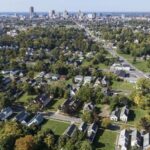 Henry Louis Taylor, Jr.03/21/2024Ryan’s infill housing strategy is the right plan for Buffalo
Henry Louis Taylor, Jr.03/21/2024Ryan’s infill housing strategy is the right plan for Buffalo

